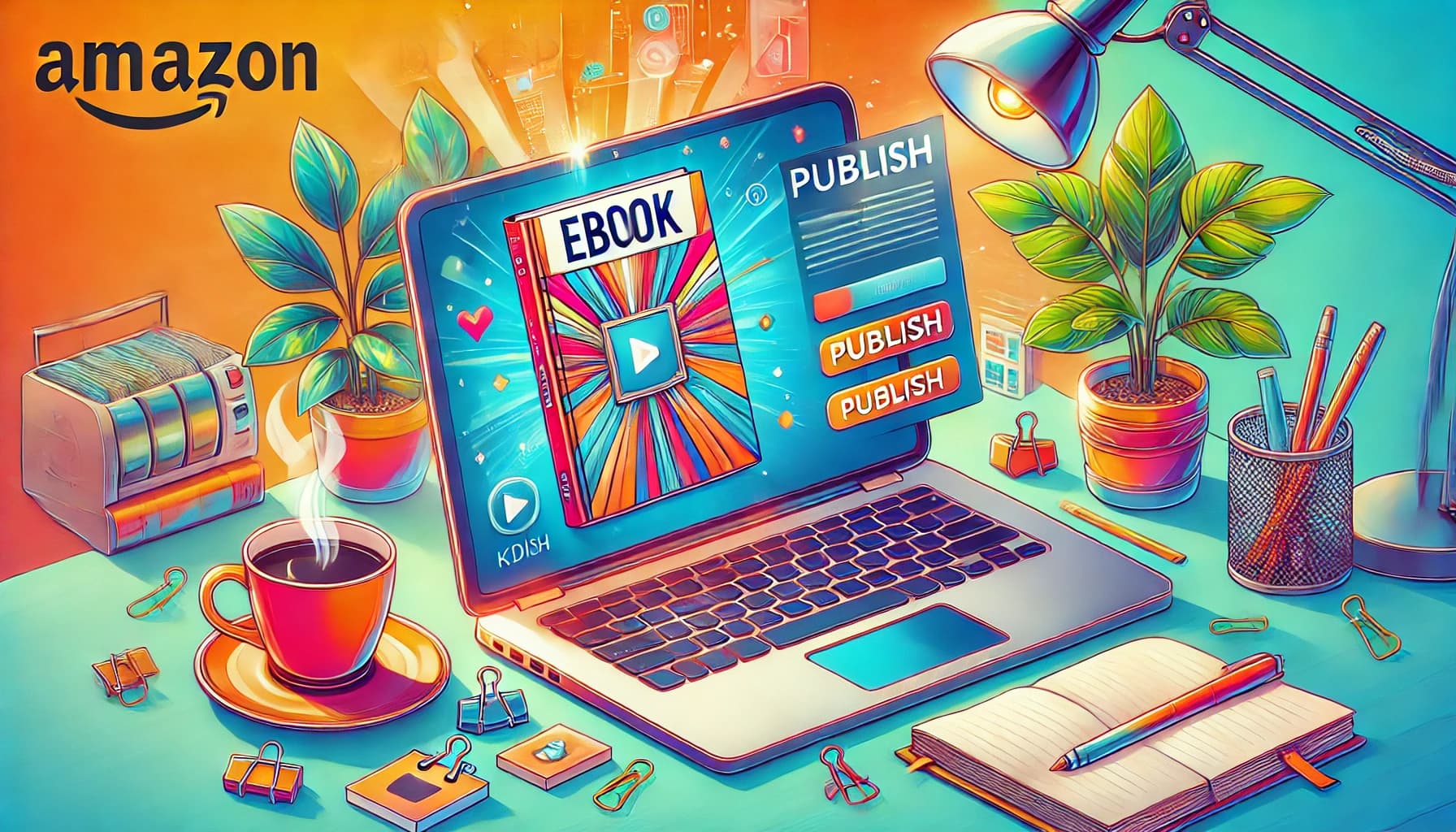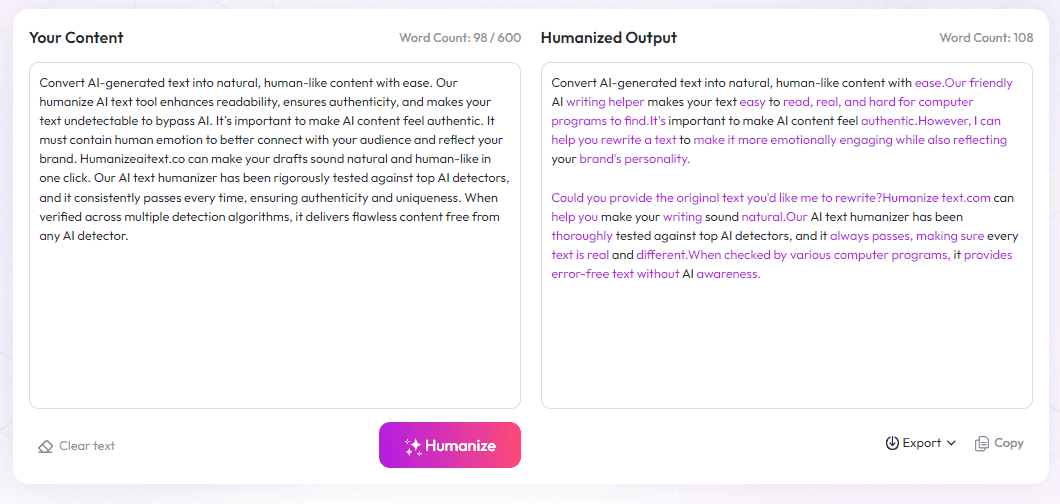Table of Contents
Figuring out whether Substack or Patreon is better for your writing can feel overwhelming, especially with so many options out there. Maybe you're worried about how to reach your audience or how to make money from your work without feeling like you're losing control. Keep reading—by the end, you'll get a clear picture of which platform might fit your goals best.
If you stick around, you'll see how each platform differs, from content styles to pricing and community features. I’ll help you understand when it makes sense to use both, so you can make your choice with confidence.
Here's a quick look at what we'll cover: the best fit for your goals, content and monetization differences, community perks, customization options, costs involved, and when combining both platforms can work for you.
Key Takeaways
Key Takeaways
- Choose Substack if you want to build a reader base with newsletters and written content, focusing on consistency and direct email communication. Opt for Patreon if you create multimedia like videos, podcasts, or art, and want to foster a community with support tiers and interactive features.
- Substack is best for text-focused content and offers simple monetization through subscriptions. Patreon supports various media types and uses tiered memberships to encourage different support levels, which can boost income.
- Both platforms have tools to engage supporters—Substack uses comments and newsletters, while Patreon offers live chats and private messages. Combining both can help you reach different supporter types and increase engagement.
- Substack gives full control over branding and content style. Patreon has more structured options for perks and community features, but less branding flexibility. Linking both can maximize control and visibility.
- Subscriptions on Substack cost around 10% plus payment fees, making it simple. Patreon charges about 8–12% plus transaction fees, with tiered perks potentially increasing earnings. Consider your audience’s support level when choosing pricing.
- Using both platforms together works well if you want to diversify income streams and connect with different supporter groups. Promote your Patreon on your newsletter to direct loyal followers to exclusive content and perks.

1. Which Platform Fits Your Goals: Substack or Patreon?
If your main aim is to grow a readership through consistent, written content, Substack often comes out ahead. It’s perfect for authors who want to focus on newsletters, essays, or serialized articles that build a dedicated audience over time.
With around 50 million paid subscriptions, Substack offers a straightforward way to monetize your writing with minimal fuss. The platform’s clean email-based distribution makes it easy to reach your supporters directly, fostering a sense of intimacy and loyalty.
On the other hand, if you’re someone who creates diverse content—like videos, podcasts, and artwork—and wants to build a community around multiple types of support, Patreon might be a better fit.
Patreon’s tiered membership system lets supporters pledge as little as $1 per month, making it easier to attract casual fans and convert them into loyal supporters. Its focus on community engagement, including live streams and private messaging, helps build a tighter-knit fanbase.
As of 2025, statistics show that while Substack has about 125 million monthly visitors, Patreon’s user base is smaller but highly engaged. Select the platform that aligns best with your content style and community-building goals.
2. How Do Content Types and Publishing Styles Differ Between Substack and Patreon?
Substack is tailored for written content—a place where authors thrive on emails, essays, and serialized stories. Its minimalist interface emphasizes readability, making it ideal for bloggers, journalists, and poets who prioritize text. The platform encourages regular newsletter updates that keep subscribers engaged and coming back for more.
In contrast, Patreon offers more flexibility for multimedia creators. You can upload videos, host podcasts, or share behind-the-scenes photos alongside written material. This makes Patreon more accommodating for artists, musicians, and content creators who want to diversify their offerings.
An actionable tip is to tailor your content to platform strengths—use Substack to craft compelling articles or newsletters, and turn to Patreon when sharing exclusive videos or hosting live chats.
Some creators even use both platforms, linking their newsletter from Substack to their multimedia offerings on Patreon, creating a multi-layered experience for supporters.
3. How Do Monetization Methods and Pricing Options Compare?
Substack employs a simple subscription model. You set a minimum price, typically starting at $5/month, and Substack takes a 10% cut plus standard payment processing fees (~2.9% + $0.30 per transaction). This straightforward approach makes it easy for anyone to start monetizing writing with minimal setup.
Patreon’s system revolves around tiered memberships. Creators can set different spending levels—say $1, $5, and $20—offering unique perks at each level. Patreon charges roughly 8–12% of the total earnings, plus payment processing fees, which can bring the total fee rate to between 12% and 18%.
To get the most out of Patreon, consider designing tiers that cater to different supporter levels—offering early access, personalized content, or exclusive live streams. This tiered approach can boost revenue through volume and loyalty.
Remember, both platforms reward consistent effort. Regular updates and engaging perks keep supporters subscribing longer and potentially increasing their pledges.

4. What Community and Engagement Features Do Each Platform Offer?
Both Substack and Patreon have tools that help creators foster community, but they approach it differently.
Substack’s comment system and Notes feature allow readers to interact directly within newsletters, which helps build a sense of conversation around your content.
Creators can also send personalized emails or host live discussion sessions to keep supporters engaged.
Patreon emphasizes real-time interactions like live streams, private messaging, and exclusive community posts, creating a more intimate environment.
Utilizing features like polls or Q&A sessions on Patreon can boost supporter participation and loyalty.
Pro tip: Combining public newsletter updates on Substack with private community chats on Patreon can give your supporters multiple ways to connect.
Analyzing where your audience is most active can help you decide which features are worth focusing on to foster engagement.
5. How Do Customization and Control Over Content Work?
When it comes to content control, both platforms have their strengths.
Substack gives writers full control over their newsletters, including branding, email design, and content schedule, without many restrictions.
You can publish your work on your own domain and even embed signup forms, making branding seamless.
Patreon allows creators to upload various content formats and customize tiers, but it does have certain policies and guidelines to follow.
While Patreon offers some customization options like perks and tier names, it’s more structured around community support and perks than branding.
Tip: To maximize control, consider linking your newsletter from Substack to your own website or using both platforms to maintain branding consistency.
Remember, understanding each platform’s policies helps you avoid surprises that could limit your content options later.
6. What Are the Costs and Fees for Creators on Substack and Patreon?
Cost structures can significantly impact your earnings, so it pays to know what to expect.
Substack takes a straightforward 10% of your subscription income plus Stripe’s payment fees (~2.9% + $0.30 per transaction).
This setup works well if you don’t plan to use many extras and prefer simple monetization.
Patreon’s fees typically range from 8% to 12% of your monthly earnings, with payment processing adding another 3–5%, bringing the total to about 12–18%.
Some creators find that their earnings are better on Patreon with tiered perks, but keep in mind that additional tiers or setup features could incur extra costs.
Pro tip: To keep costs manageable, assess the typical support level of your audience and tailor tiers accordingly.
Also, consider potential fees for payment methods, which vary depending on the customer’s country and the chosen payment option.
7. When Is It Useful to Use Both Platforms Together?
Using both platforms can be a smart move, especially if your goal is to diversify income and connect with different supporter types.
For example, you could use Substack for your newsletter and written updates, while leveraging Patreon for multimedia content, exclusive community chats, or live events.
This approach allows you to tap into the strengths of each platform and reach broader audiences.
Set up your newsletter as a funnel—use your Substack to attract casual readers and then direct your most loyal supporters to Patreon for higher-tier perks.
Keep in mind: managing two platforms takes more time, so plan your content calendar carefully.
Tip: Cross-promote your Patreon on your newsletter and vice versa, making it easy for supporters to find and follow your full range of content.
By doing this, you create multiple touchpoints, increasing overall engagement and revenue potential.
FAQs
Substack is ideal for writers focusing on newsletters and written content, while Patreon supports various content types like videos, podcasts, and community perks. Choose based on your content style and how you want to engage your audience.
Substack mainly supports written articles and newsletters, suitable for long-form content. Patreon allows diverse formats like videos, audio, and exclusive perks, offering more creative flexibility for different content types.
Substack charges a 10% fee on subscriptions, with some optional fees for payments. Patreon offers tiered memberships, charging a platform fee plus payment processing fees, giving more control over pricing options.
Patreon provides community tiers, direct messaging, and supporter-only posts. Substack focuses on newsletter engagement with comment sections and subscriber management, but less direct community features.



